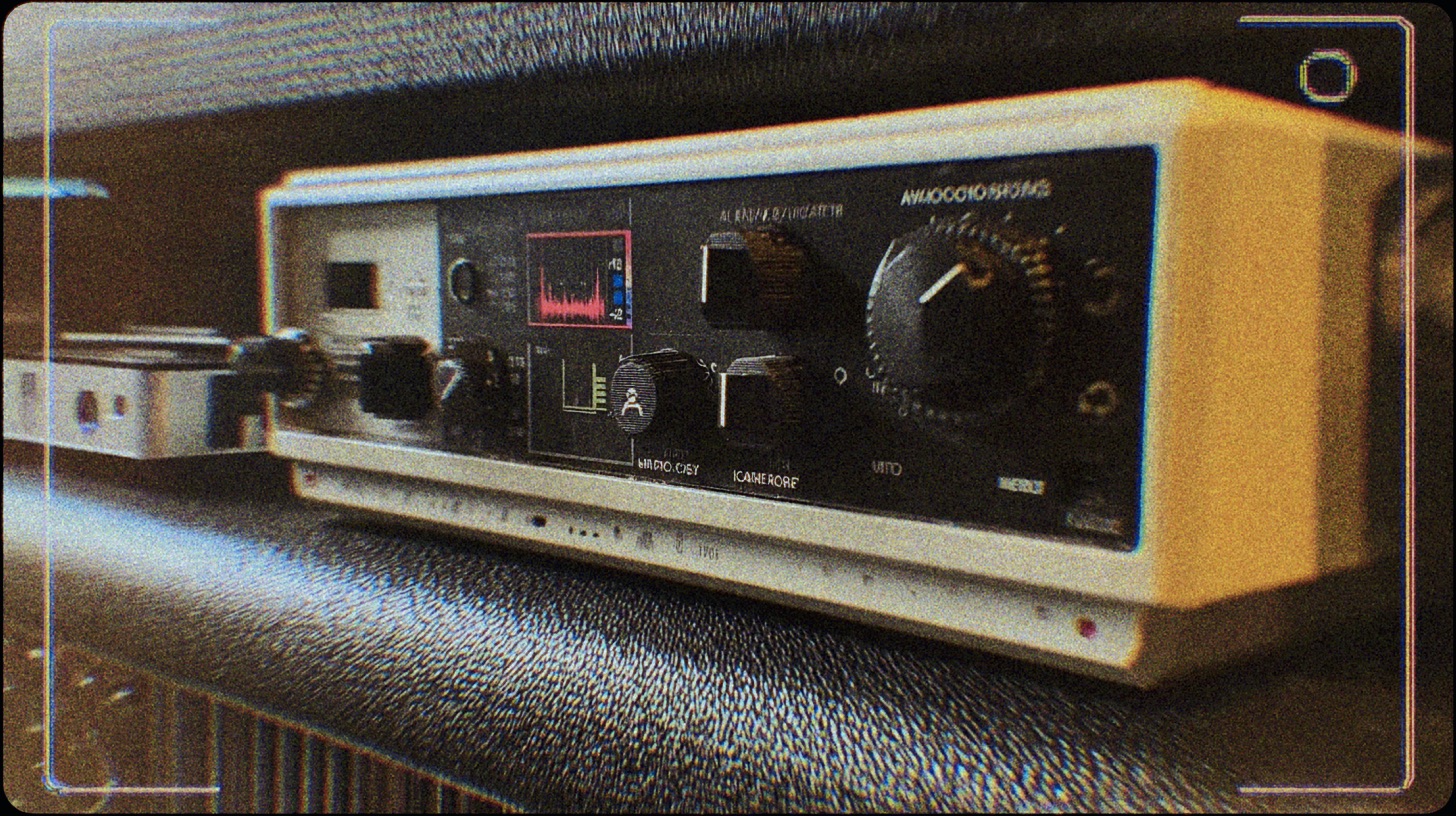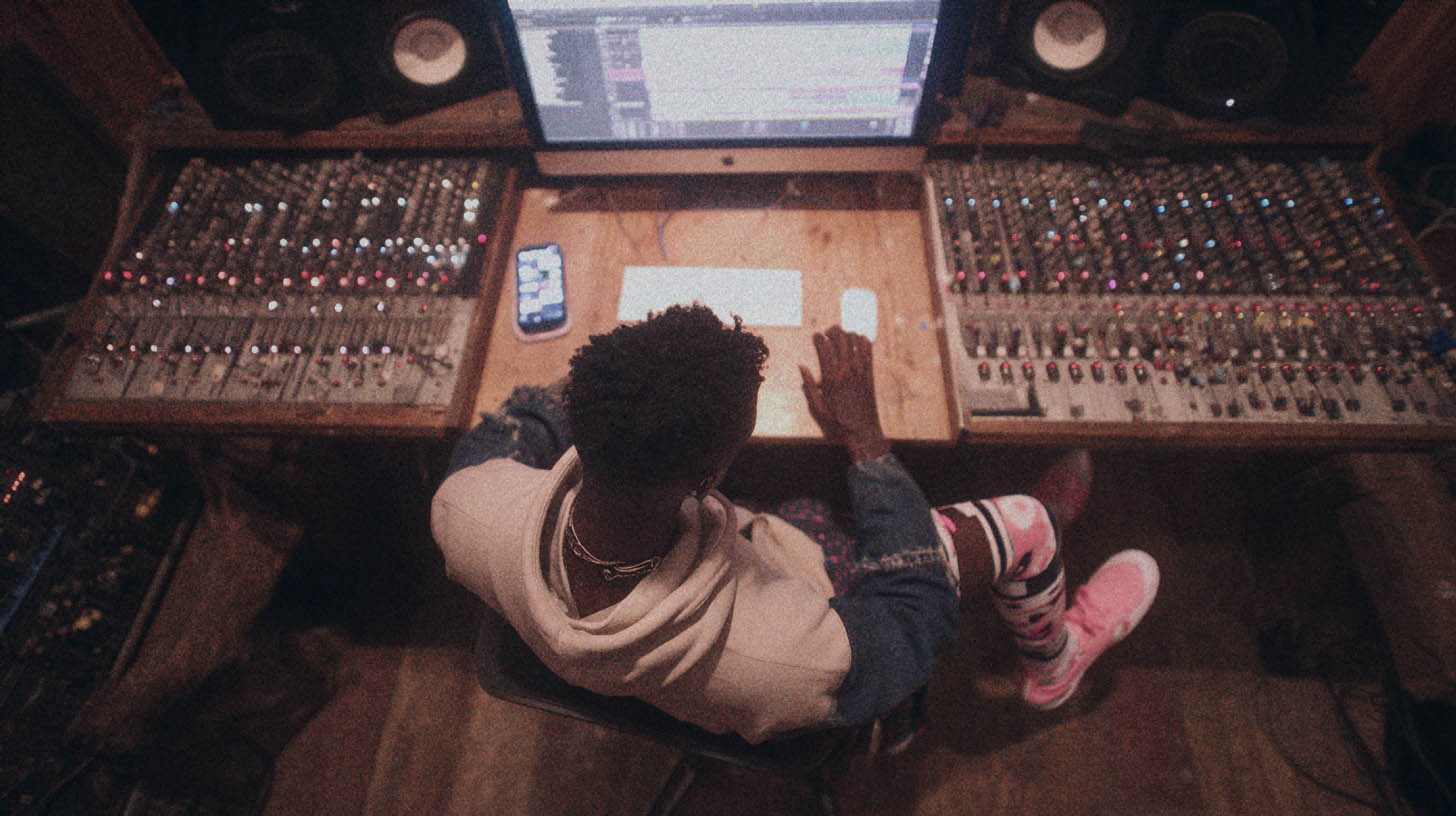
Mixing Chelsea Grin’s Epic Synths: Taming the Orchestra for Metal
Nail The Mix Staff
Let’s be real: getting massive orchestral arrangements and synths to sit right in a crushing metal mix is a huge challenge. On one hand, you want them to sound epic and expensive. On the other, they can easily turn your mix into a muddy, cluttered mess that completely buries the guitars. It’s a battle Chelsea Grin knows well, and in their track featuring a blistering Jason Richardson solo, the synths are a critical part of the sonic landscape.
So, how do you handle it? We got to watch producer Eyal Levi break it all down during a live mixing session. Forget just cranking a fader up; the key is to surgically clean and shape these elements so they complement the heaviness, not compete with it. Here’s a look at his approach.
Start with Subtractive EQ: Shave Off the “Cynthia Garbage”
One of the biggest mistakes producers make with orchestral sounds is simply not knowing what to do with them. The default move is often just a basic high-pass filter and then pushing the volume until they’re heard. But this usually just adds more clutter.
The first step should be to clean up what Eyal calls the “Cynthia Garbage”—that synthetic, plasticky sound hiding in the mids of many synth patches. The goal isn’t to transform the sound, but to shave off the junk frequencies you don’t need.
Carving Out Space for Guitars
Once your basic high-pass is in place, the real work begins in the midrange. Synth strings and pads often have a lot of frequency information that directly clashes with the core tone of heavy guitars.
The solution is to get surgical. Using an EQ with a fairly narrow Q, sweep through the mids and high-mids to find those harsh, resonant frequencies that are fighting for space. In this mix, a significant cut right around the 1-2kHz range was needed to tame a nasty tone that was poking out. By dipping this area, the strings immediately sat better against the guitars without disappearing. This kind of precise carving is fundamental to creating a clean, powerful mix. To dive deeper into these techniques, check out our primers on EQ strategies for mixing modern metal.
Bringing Back the “Expensive” Shine
The only problem with scooping out mids is that it can leave your synths sounding a bit dull or lifeless. To counteract this without reintroducing the mud, a simple high-shelf boost works wonders. After the surgical cuts, adding a gentle shelf to the top end brings back that “expensive” air and shimmer.
When you A/B the result, the change shouldn’t be dramatic. It should sound almost the same, just with a layer of crap removed. The synth is cleaner, fits in the mix better, but still retains its original character.
Taming the Low-End Beast: Choirs and Pads
Orchestral elements, especially beefy choir patches and synth pads, are notorious for carrying a ridiculous amount of useless low-end rumble. This frequency buildup is a fast track to a soupy, undefined mix.
Defeating the “Soupy Mess” in Choirs
A powerful choir can sound epic on its own, but in a full mix, all that low-end information creates a “soupy mess.” It’s like trying to stir a super thick stew—there’s no definition.
Be aggressive here. A steep high-pass filter that clears out everything below 150-200Hz (or even higher, depending on the arrangement) will instantly clean things up. You’ll find the choir actually sounds more powerful because you can hear the notes and texture, not just a vague, rumbly cloud.
Cleaning Up Synths that Parallel Guitars
If you have a synth pad or lead running parallel to a guitar solo, like in this Chelsea Grin track, there’s one rule that’s not up for debate: cut the lows. You don’t even need to think about it. Get a high-pass filter on there immediately to ensure it doesn’t fight with the fundamental frequencies of the guitar, bass, and kick.
Adding Character and Pop with Saturation
Once your synths are clean and sitting well, you can start thinking about adding character. Sometimes a synth patch, even if well-balanced, can sound a little sterile or “plunky” and fail to cut through.
Using Decapitator to Warm Things Up
This is where a good saturation plugin comes in. For a synth sound that needed a bit more life, Eyal reached for the Soundtoys Decapitator. A touch of saturation helped warm it up, smooth out the transient, and gave it a harmonic richness that helped it pop in the mix without just turning it up.
Making an element pop isn’t always about traditional fader moves or compression; sometimes, adding harmonic content via saturation is the perfect tool to make it stand out.
The Secret Weapon: Automation
A song as dynamic as this one from Chelsea Grin can’t be handled with a static mix. You could set all the EQs and faders perfectly for the chorus, but those settings will probably be wrong for the verse or the solo section.
This mix requires a lot of automation. Fader rides to push the synths in key moments and pull them back elsewhere, EQ changes to adapt to different sections, and effect throws to create impact—it’s all part of the process.
Don’t feel pressured to nail a complex mix in one three-hour sitting. For a track like this, it’s perfectly normal to spend one day getting the static balance right, and a whole other day just riding faders and refining the automation to bring the song to life.
Putting It All Together
Mixing dense, synth-heavy metal is an art of cleaning, carving, and enhancing. It’s about making dozens of small, smart decisions that add up to a massive, clear, and impactful final product.
To recap the key moves:
- Shave, don’t transform. Clean up synths by removing “Cynthia Garbage” instead of trying to completely change their character.
- Use surgical EQ to carve out space for guitars in the mids and high-mids.
- Be ruthless with high-pass filters on choirs and pads to eliminate the “soupy mess.”
- Use saturation like the Decapitator to add warmth and pop to sterile sounds.
- Embrace automation. A dynamic song needs a dynamic mix.
Reading about these techniques is one thing. But seeing them applied in real-time, on the actual multitracks, is a complete game-changer. At Nail The Mix, you get to be a fly on the wall as the world’s best producers mix iconic tracks from bands like Chelsea Grin from start to finish, explaining every single move.
Chelsea Grin on Nail The Mix
Eyal Levi mixes "S.H.O.T."
Get the Session
If you’re ready to see how a pro would tackle this exact Chelsea Grin mix, and you want to move beyond presets to build professional mixes from the ground up, we have the tools to help you build your sound with confidence.
Get a new set of multi-tracks every month from a world-class artist, a livestream with the producer who mixed it, 100+ tutorials, our exclusive plugins and more
Get Started for $1






